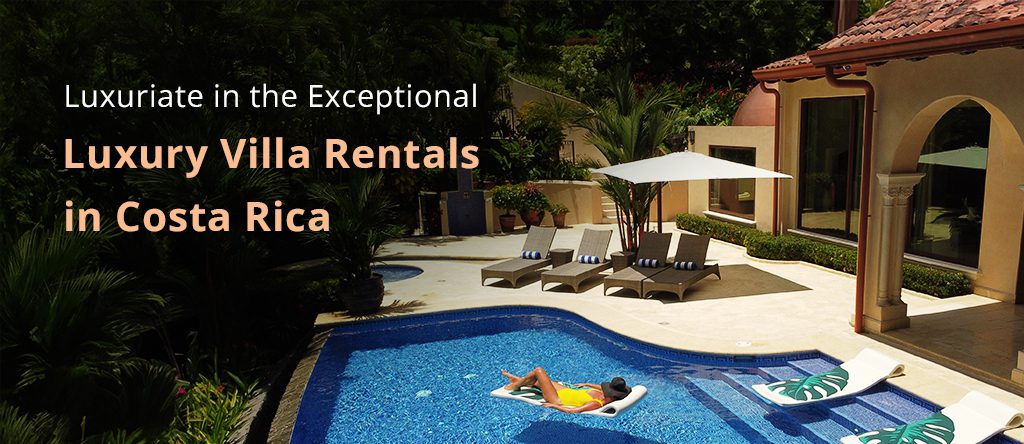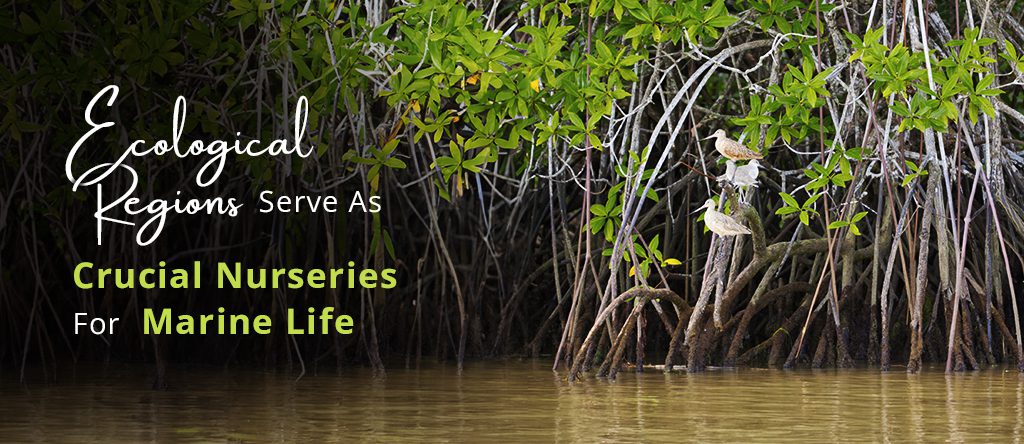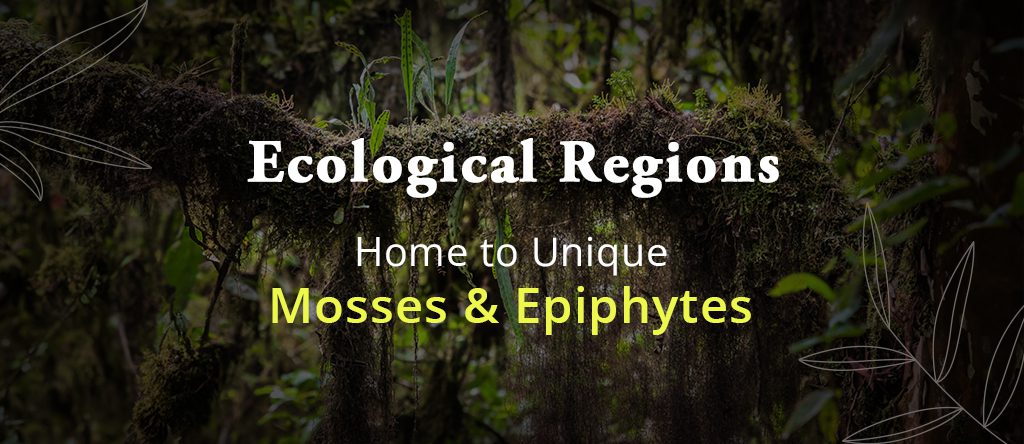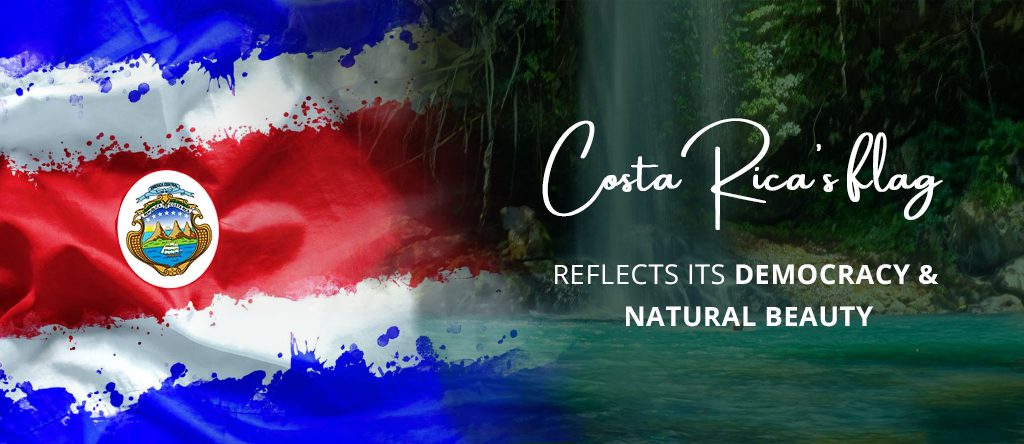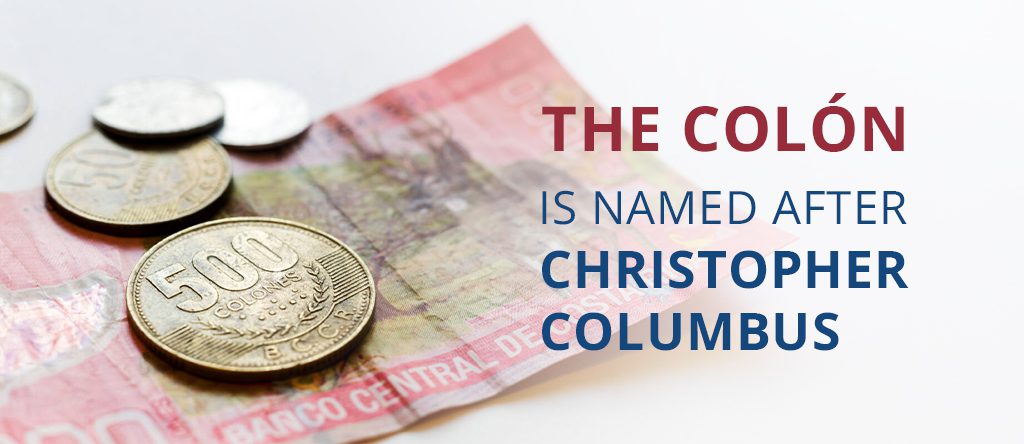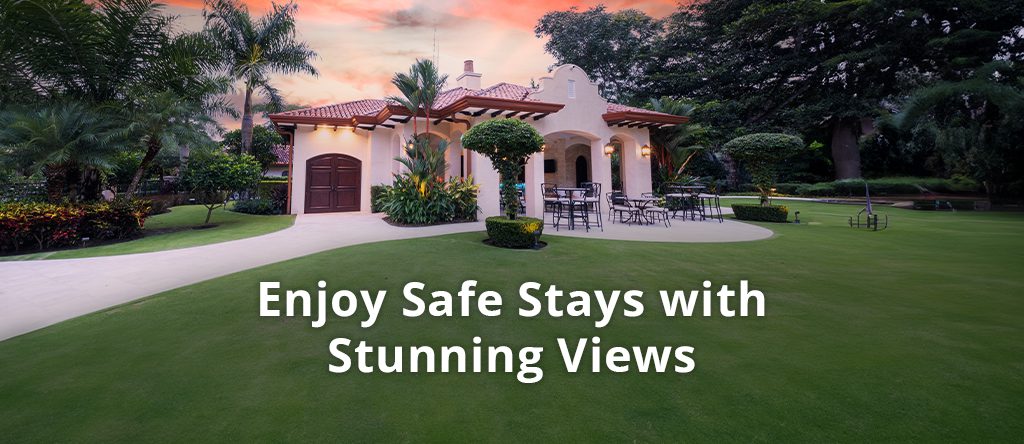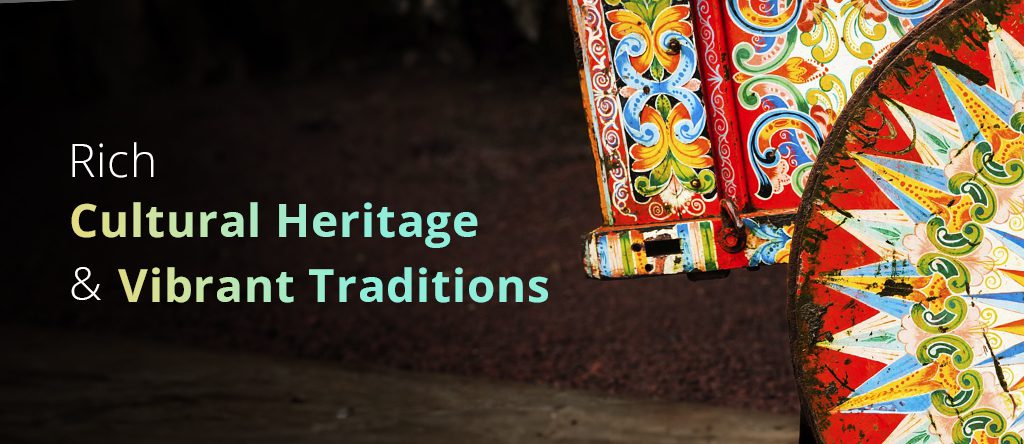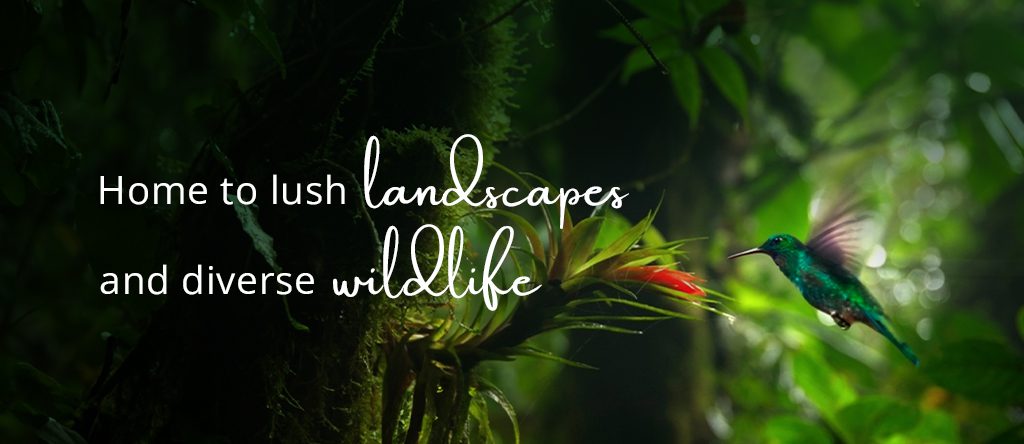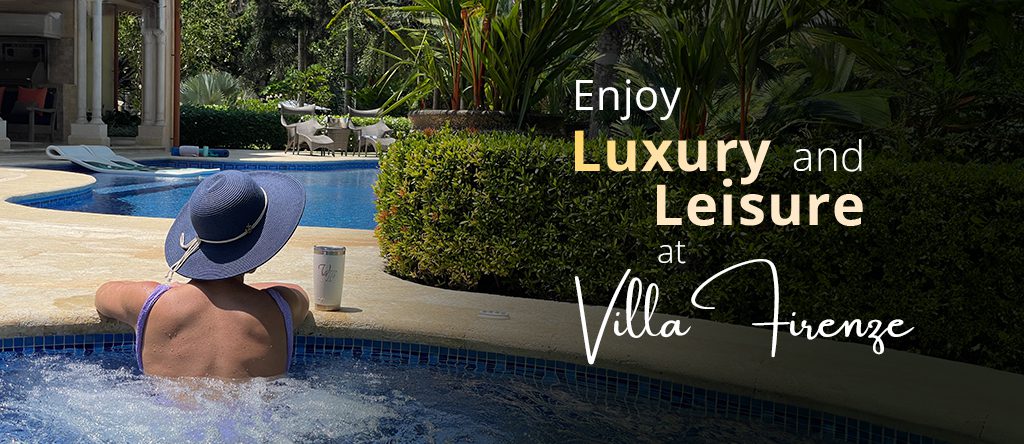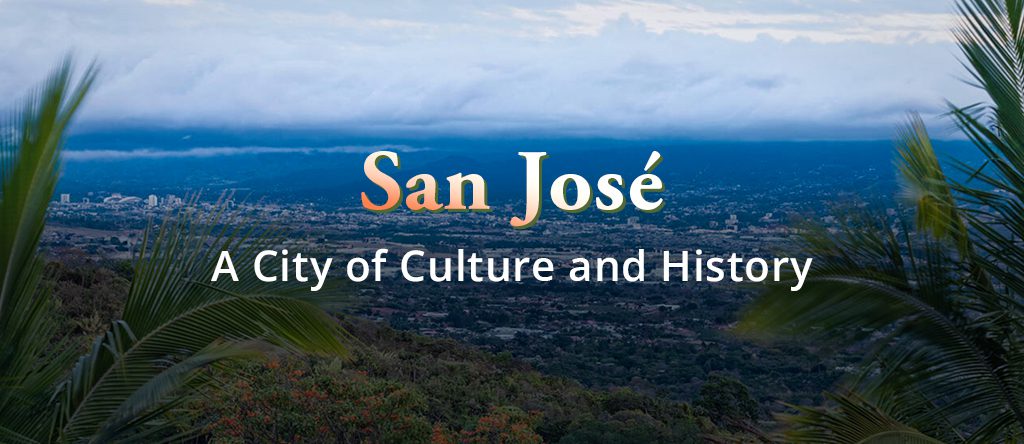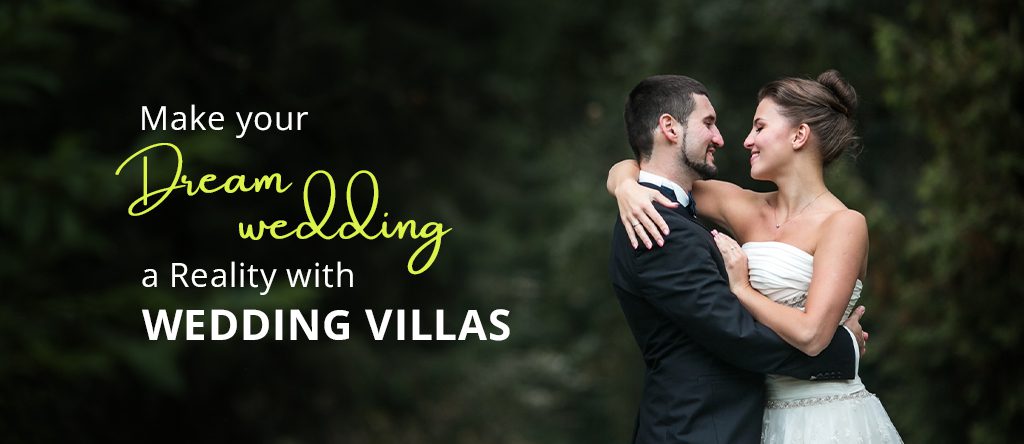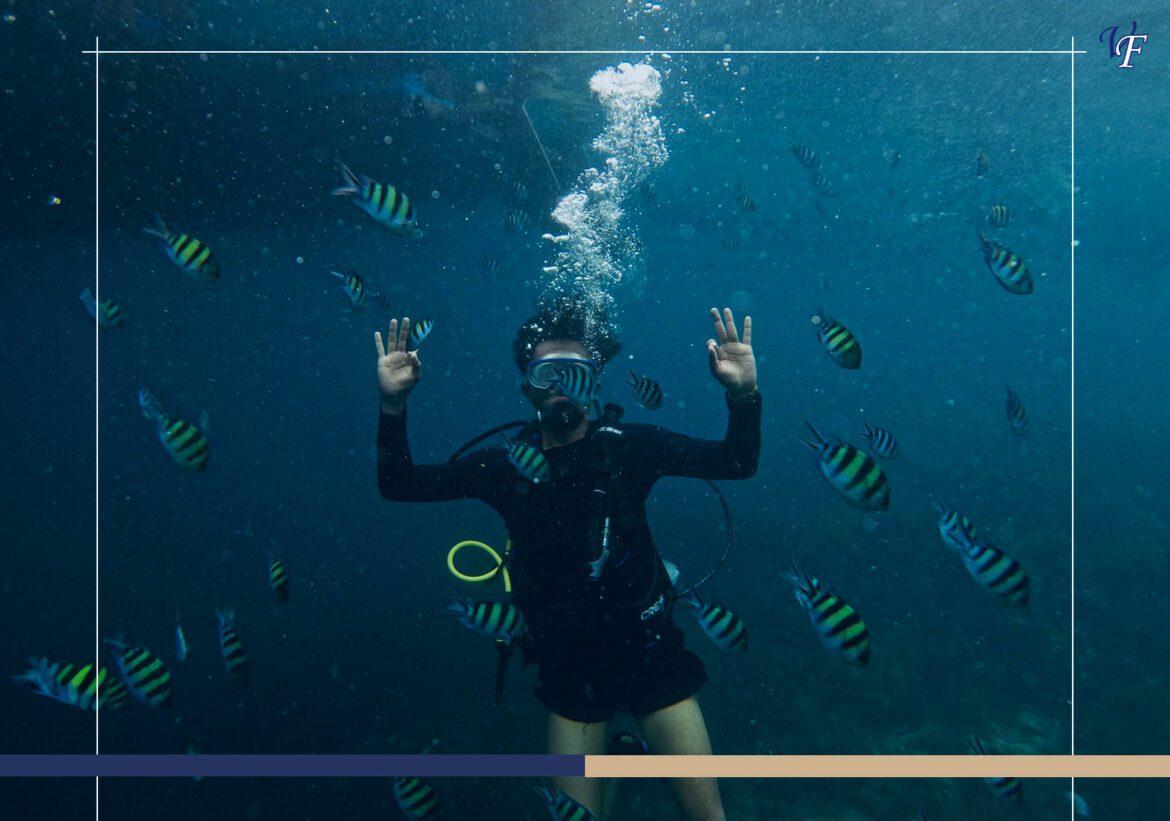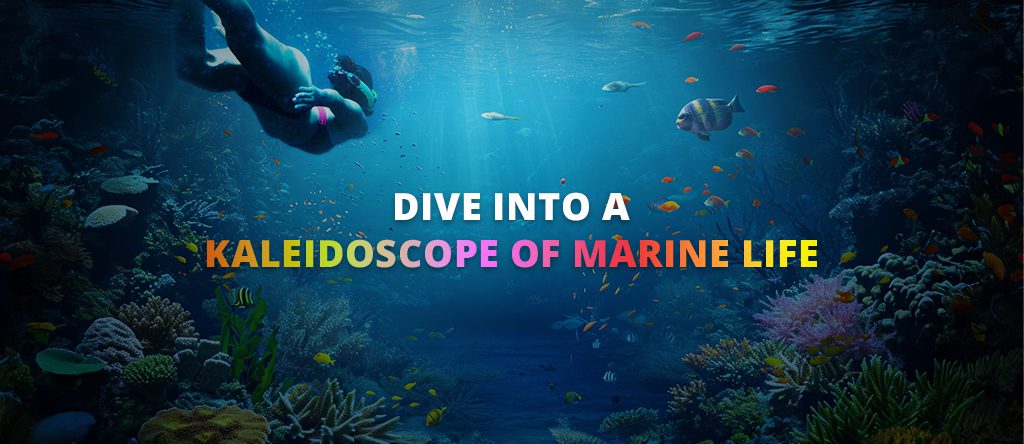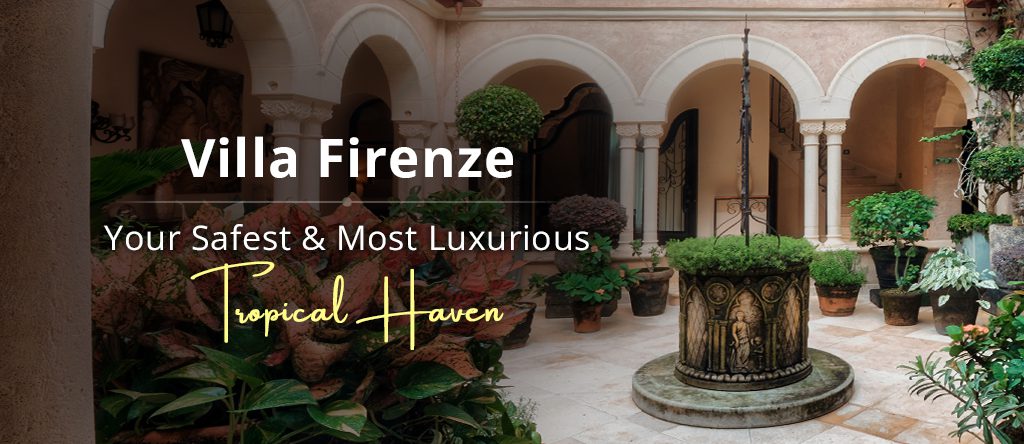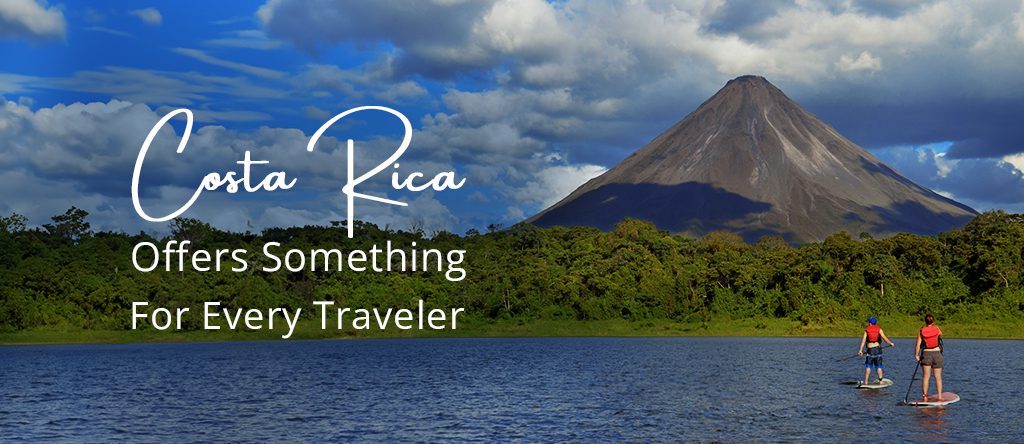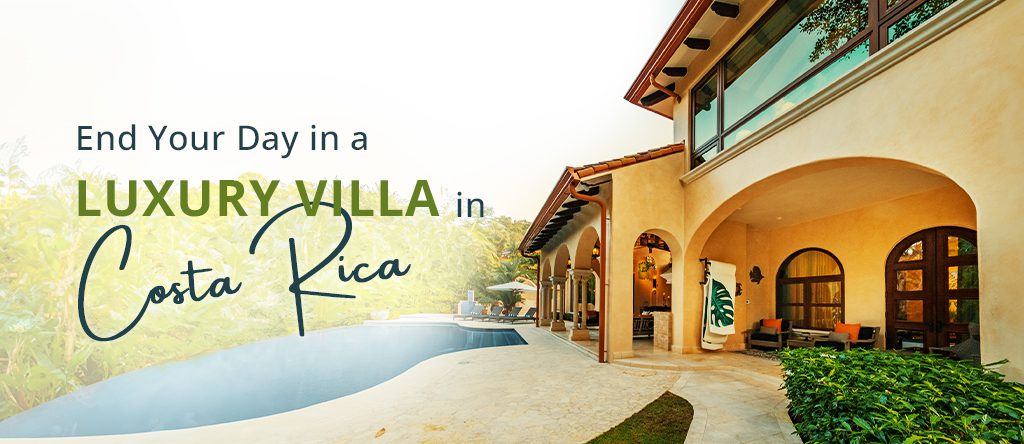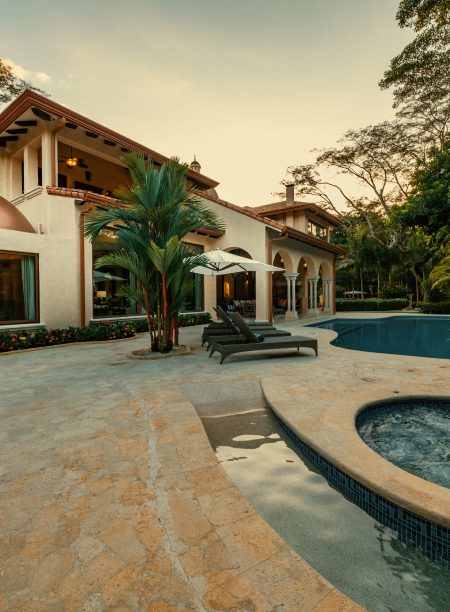Costa Rica is a lively country in Central America known for its amazing variety of plants and animals, friendly people, and rich history. A remarkable aspect of its diversity lies in its languages. History shows that the languages of Costa Rica bear testimony to colonization, indigenous identity, and immigration.
Understanding the different Costa Rican languages will help you better appreciate the country’s culture and notice the necessity of preserving its integrity.
Spanish – The Official Language of Costa Rica
Spanish is the official language of Costa Rica. It arose during the Spanish colonial period in the 16th century. The Spanish colonizers who came to this region greatly influenced culture and language. Consequently, Spanish is the primary language in Costa Rica and has evolved as the most widespread language used in official communications, education systems, and informal talks between citizens.
Today, almost all Costa Ricans communicate in Spanish, and nearly all residents speak it. Spanish is used as a teaching and operational code in schools and universities and serves as the official medium for communication, including business languages and media outlets. The widespread use of Spanish in Costa Rica has greatly helped unify various cultural groups across the country.
However, Spanish in Costa Rica has its own uniqueness. The citizens prefer particular idiomatic expressions that other Spanish-speaking countries do not use. The natives are referred to as “tico,” a word formed from the use of a diminutive suffix “-tico” as opposed to the standard “-ito.” This linguistic trait adds a unique flavor to the Spanish spoken in Costa Rica, reflecting the country’s individuality within the broader Hispanic world.
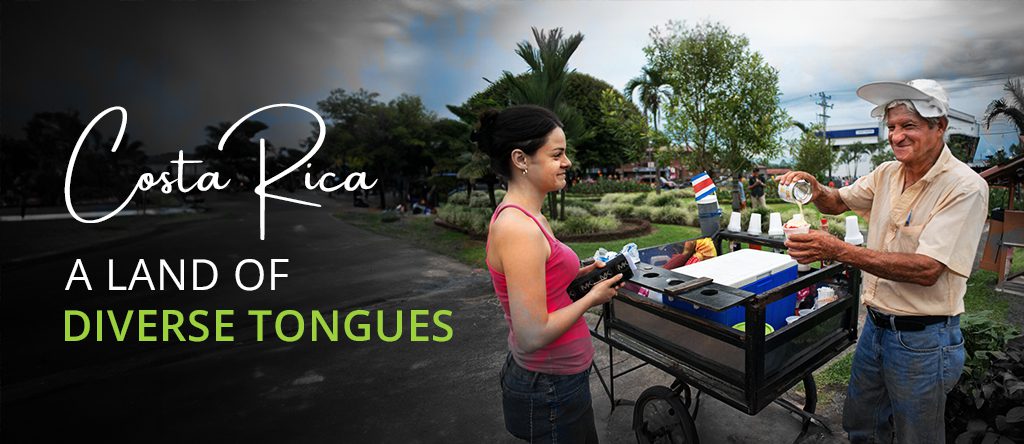
Indigenous Languages in Costa Rica
Costa Rica hosts five major Indigenous tongues, including Cabécar, Bribri, Maléku, Buglere, and Guaymí, which belong to the Chibchan group. These languages are spoken primarily in areas outside cities or towns and large reserves, such as the core area of the La Amistad International Biosphere Reserve.
- Cabécar: Spoken by the Cabécar people in the Talamanca Mountains, this language is one of the most robust indigenous languages in Costa Rica. The Cabécar people strive to preserve their language through oral traditions and cultural practices.
- Bribri: The Bribri language, used by the Bribri community in Talamanca, has many speakers. Efforts to teach Bribri in schools and promote its use in daily life are ongoing.
- Maléku: Spoken by the Maléku people in northern Costa Rica, this language is at risk, with a declining number of speakers. Preservation efforts include cultural programs and linguistic documentation.
- Buglere: The Buglere community speaks this language, although it is one of the less commonly spoken Indigenous languages.
- Guaymí: Also known as Ngäbere, the Ngäbe people speak this language in southern Costa Rica and Panama.
These languages are endangered by ongoing issues, including a lack of education and medical facilities. To retain these languages, campaigns have been put in place by the Costa Rican government and UNESCO, among other global bodies. Such campaigns have embraced education programs, linguistic studies, and strategies that safeguard cultural rights among Indigenous groups.

The Influence of Creole Languages in Costa Rica
Limonese Creole is spoken along the Caribbean coast of Costa Rica. Mekatelyu or Patua are other names for this kind of Creole language. In the 19th and 20th centuries, Jamaican migrant workers arrived in Costa Rica to work on banana plantations and railway construction, giving rise to this particular Creole dialect.
Limonese Creole, like other Caribbean Creoles, is heavily influenced by African languages, Spanish, and English. It is a vibrant language that embodies the multicultural heritage of the Caribbean region in Costa Rica. The term “Mekatelyu” means “let me tell you” in English, showcasing the close relationship between Mekatelyu and English.
Besides the linguistic factors, Limonese Creole reflects the cultural lines of the Afro-Caribbean community in Costa Rica. This community has significantly contributed to the country’s cultural wealth, introducing reggae music, traditional dances, and the unique culinary combination of rice and beans cooked with coconut milk, critical ingredients of Costa Rica cuisine.
The Role of Immigrant Languages in Costa Rica
Different languages increase the linguistic variety in Costa Rica from immigrants. English is commonly used in major towns and by expatriates and tourists, enhancing interactions with people from other countries. Many Costa Ricans are bilingual, speaking both Spanish and English, which is taught as a second language in schools.
Smaller communities of immigrants speak French, Portuguese, and German, among other languages. These languages reflect Costa Rica’s open and inclusive society, which welcomes people from different cultural and linguistic backgrounds.
- English: Commonly spoken in tourist areas and among expatriates. Many Costa Ricans are bilingual, speaking both Spanish and English.
- French: Spoken by a small community of expats and descendants.
- Portuguese: Used by some Brazilian immigrants, adding to the linguistic mosaic.
- German: Spoken by descendants of German immigrants who settled in Costa Rica in the past.
This is how immigrant languages contribute to Costa Rica’s multicultural setting, thereby facilitating the cultivation of global links and cultural richness.
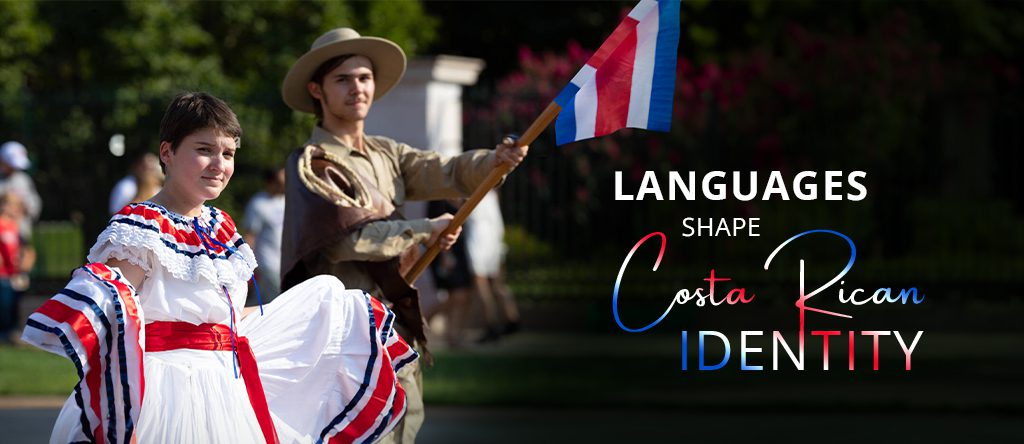
The Importance of Linguistic Diversity in Costa Rica
Many languages are spoken in Costa Rica, reflecting its rich culture and history. Spanish is the official language of Costa Rica, uniting locals, while indigenous and Creole languages showcase the country’s cultural diversity. Immigrant languages further enhance this diversity, making Costa Rica multilingual.
Preserving the linguistic diversity is crucial for maintaining its cultural identity. Promoting native and migrant tongues and adopting various Creole influences are essential to ensure that future generations can appreciate all facets of this nation’s communicational inheritance.
As Costa Rica evolves, its endorsement of multilingualism will remain fundamental to its cultural fluency and social interconnectedness. This is an essential aspect of its heritage preservation through languages.






